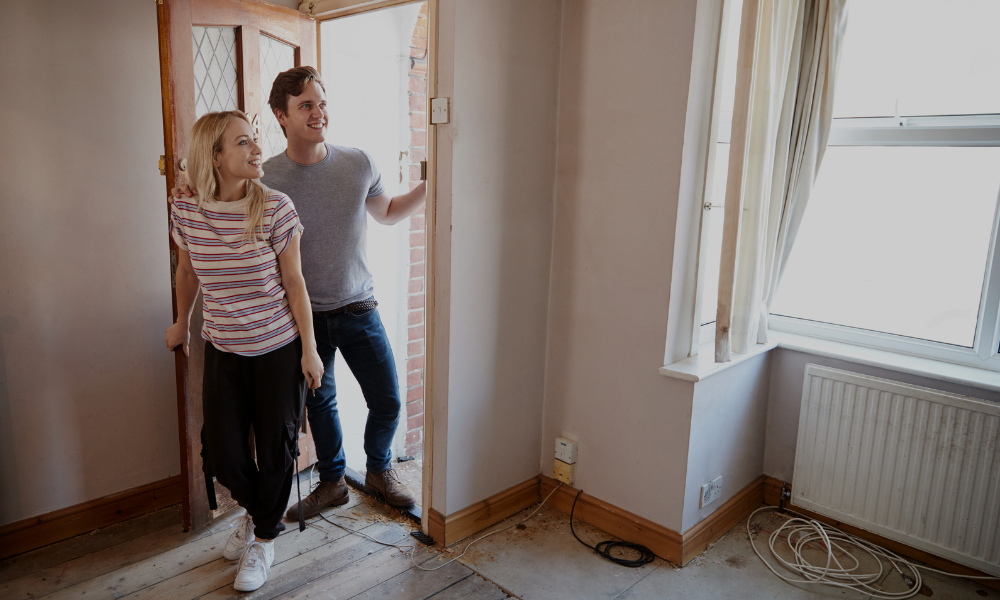 When buying a property in the UK, one of the first legal distinctions you’ll encounter is whether it’s leasehold or freehold. It’s more than just terminology it shapes what you own, how you manage it, and what responsibilities you’ll have long-term.
When buying a property in the UK, one of the first legal distinctions you’ll encounter is whether it’s leasehold or freehold. It’s more than just terminology it shapes what you own, how you manage it, and what responsibilities you’ll have long-term.
What is freehold?
If you buy a freehold property, you own the building and the land it stands on outright. You’re responsible for maintaining everything roof to garden fence but you won’t pay ground rent or service charges to a landlord. It’s the most straightforward and permanent form of ownership, and it’s usually how houses are sold.
What is leasehold?
With leasehold, you own the property (typically a flat) for a set period — often 99, 125, or even 999 years — but not the land it sits on. You’ll pay annual ground rent and possibly service charges, and you may need the freeholder’s permission for major alterations. Lease terms can affect a property’s value and mortgage eligibility, especially if the lease is short.
Recent reforms and what to consider
Leasehold reform is a hot topic, with the government taking steps to make leasehold ownership fairer. Still, it’s crucial to understand the terms before buying. Always check the length of the lease, annual costs, and any restrictions — and get legal advice to avoid surprises down the line.
Making the right choice for you
Both types of ownership have their place. Freeholds offer independence, while leaseholds can be ideal for those who want fewer maintenance responsibilities — as long as the lease terms are clear and manageable.
Contact us to understand your property rights
